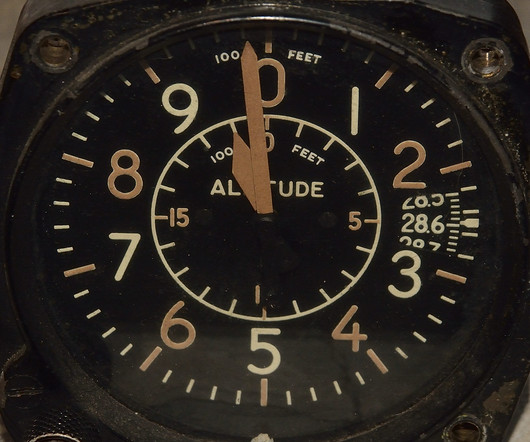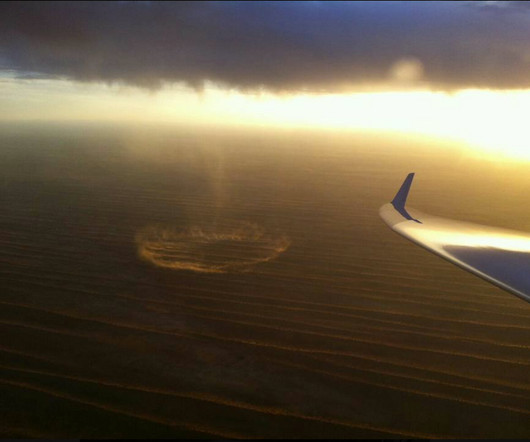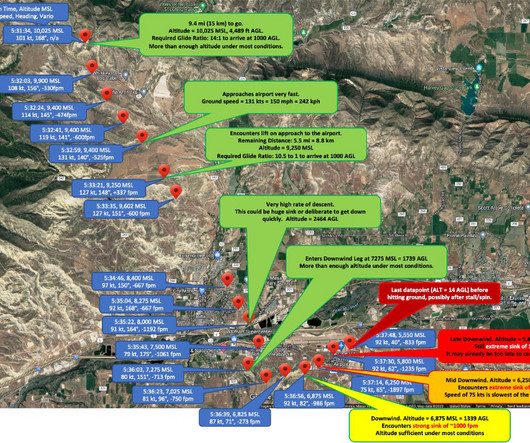What Are Common Part 107 Test Questions?
Flying Magazine
MAY 10, 2024
Regulations: 15 to 25 percent Airspace and requirements: 15 to 25 percent Weather: 11 to 16 percent Loading and performance: 7 to 11 percent Operations: 35 to 45 percent FAA Part 107 Test Cost The cost of the Part 107 exam is $175, which you pay to the testing center when you schedule a date, time, and location for the exam.













Let's personalize your content